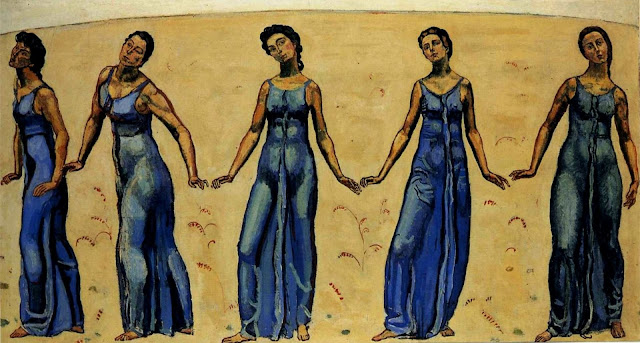Treatment and Analysis of a painting by Kees Van Dongen
Kees Van Dongen, born in 1877 outside of Rotterdam, The Netherlands, is understood primarily for his sexy depictions of the feminine figure and, later in his career, portraits of the trendy Paris elite. During his coaching of 1892 to 1897 at the Museum of Fine Arts in Rotterdam, he was drawn to the city’s red lightweight district where sailors and prostitutes were his main subjects. In 1897, he touched to Paris where he became established as a member of the Fauve movement in1905/6. His work of the Nineteen Twenties, thought-about to be the simplest of his career, shifted towards art movement, whereas his late work took on a lot of business charm. He died in Monaco in 1968.
In 2003, Van Dongen’s Reclining Nude that depicts MarcelleRageout, donated to the Worcester Art Museum. Comparative info was drawn from a visible examination of a variety of works by the creative person, moreover as a technical examination of a portrait from a similar amount within the Stedelijk assortment, Amsterdam. Reclining Nude conforms to the operating methods seen in several different paintings by Van Dongen. Generally, he blocked within the figure, worked the material or background around it and incorporated exposed ground into the planning. In distinction to flat expanses of colour, he used thick applications of paint and localized varnish to emphasise bound options.
Van Dongen’s use of localized varnish applications bestowed conservators with the challenges of distinctive and conserving these final aesthetic selections relating to surface shininess. Though antecedently fixed up and coated with thin restorer’s wax overall, remnants of discoloured varnish were visible in selected areas of Reclining Nude. An uncommon bead-like exudate was also observed in discreet passages associated with anomalous paint applications. These exudate-containing passages expose queries relating to their composition and origin.
Like several of his contemporaries covetous of a matte surface shininess, Van Dongen usually left his paintings unvarnished. In some cases, however, as a way of achieving a selected result, he selected specific areas of thickly painted high-lights on flesh, jewellery or material for selective varnishing. One notable example, The Lady First State Noailles from 1931 within the Stedelijk deposit, has localized applications of varnish on parts of the thickly painted material, jewellery and arms of the figure. This painting has not been cleansed, and thus, the artist’s original surface is taken into account intact. You can buy Kees Van Dongen paintings online now!
In 2003, Van Dongen’s Reclining Nude that depicts MarcelleRageout, donated to the Worcester Art Museum. Comparative info was drawn from a visible examination of a variety of works by the creative person, moreover as a technical examination of a portrait from a similar amount within the Stedelijk assortment, Amsterdam. Reclining Nude conforms to the operating methods seen in several different paintings by Van Dongen. Generally, he blocked within the figure, worked the material or background around it and incorporated exposed ground into the planning. In distinction to flat expanses of colour, he used thick applications of paint and localized varnish to emphasise bound options.
Van Dongen’s use of localized varnish applications bestowed conservators with the challenges of distinctive and conserving these final aesthetic selections relating to surface shininess. Though antecedently fixed up and coated with thin restorer’s wax overall, remnants of discoloured varnish were visible in selected areas of Reclining Nude. An uncommon bead-like exudate was also observed in discreet passages associated with anomalous paint applications. These exudate-containing passages expose queries relating to their composition and origin.
Like several of his contemporaries covetous of a matte surface shininess, Van Dongen usually left his paintings unvarnished. In some cases, however, as a way of achieving a selected result, he selected specific areas of thickly painted high-lights on flesh, jewellery or material for selective varnishing. One notable example, The Lady First State Noailles from 1931 within the Stedelijk deposit, has localized applications of varnish on parts of the thickly painted material, jewellery and arms of the figure. This painting has not been cleansed, and thus, the artist’s original surface is taken into account intact. You can buy Kees Van Dongen paintings online now!




Comments
Post a Comment